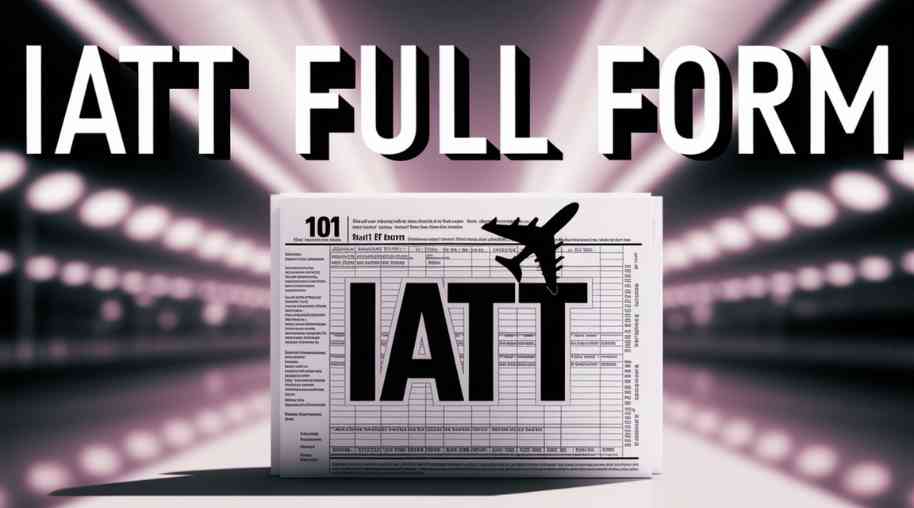Net Domestic Assets (NDA): Meaning, Components, Calculation, and Economic Impact
by Shashi Gaherwar
0 1022
Net Domestic Assets (NDA): Meaning, Components, Calculation, and Economic Impact
Introduction
Net Domestic Assets (NDA) is a key economic indicator used to assess a country's monetary conditions. It represents the domestic component of a central bank’s balance sheet and is crucial in determining the money supply within an economy. Understanding NDA helps policymakers and economists analyze how central banks influence financial stability and economic growth.

This article explores the concept of Net Domestic Assets, its components, calculation, and its role in monetary policy and economic development.
What Are Net Domestic Assets (NDA)?
Net Domestic Assets (NDA) refer to the total domestic financial resources held by a country's central bank, excluding foreign assets. It includes loans to the government, private sector credit, and other banking system liabilities that contribute to money supply growth.
NDA is a critical factor in monetary policy formulation since it affects liquidity, inflation, and economic stability. Central banks adjust NDA to control inflation, interest rates, and overall financial conditions.
Components of Net Domestic Assets
Net Domestic Assets consist of several elements that contribute to money creation and economic activity. The key components include:
1. Domestic Credit
Credit to Government: Loans and advances provided by the central bank to the government.
Credit to Private Sector: Lending to businesses and individuals through commercial banks.
Credit to Public Enterprises: Financial assistance provided to state-owned entities.
2. Other Items Net (OIN)
Includes unclassified assets and liabilities within the banking system.
Accounts for adjustments in monetary aggregates, ensuring accuracy in NDA calculations.
3. Reserve Money
The money created by the central bank that serves as the foundation of the banking system’s liquidity.
Includes currency in circulation and reserves held by commercial banks.
How to Calculate Net Domestic Assets
NDA is calculated as the difference between Reserve Money (M0) and Net Foreign Assets (NFA):
NDA=M0−NFANDA = M0 - NFA
Where:
M0 (Reserve Money) = Currency in circulation + Bank reserves
NFA (Net Foreign Assets) = Foreign assets held by the central bank minus external liabilities
An increase in NDA indicates higher money supply, which can lead to inflation if not managed properly. A decrease suggests tight monetary conditions, slowing down economic activity.
Role of NDA in Monetary Policy
Net Domestic Assets play a crucial role in shaping a country’s monetary policy. Central banks adjust NDA to control liquidity and inflation by using different tools such as:
1. Open Market Operations (OMO)
Buying or selling government securities to influence money supply.
2. Reserve Requirements
Changing the cash reserve ratio (CRR) to impact commercial banks' lending capacity.
3. Discount Rate Policy
Adjusting interest rates to encourage or discourage borrowing.
By managing NDA, central banks ensure financial stability, control inflation, and support sustainable economic growth.
Impact of NDA on the Economy
1. Inflation Control
An increase in NDA leads to a rise in money supply, which can drive inflation if economic growth does not match liquidity expansion.
Central banks use NDA adjustments to balance inflation and growth.
2. Interest Rates
A higher NDA often results in lower interest rates, encouraging borrowing and investment.
Conversely, a lower NDA can increase interest rates, reducing excess liquidity and curbing inflationary pressures.
3. Economic Growth
When NDA is expanded through domestic credit, it stimulates business investments and consumption.
However, excessive NDA growth without corresponding economic output can cause financial instability.
4. Exchange Rate Stability
NDA management, alongside foreign reserves, helps maintain a stable exchange rate by preventing excessive depreciation or appreciation of the local currency.
NDA vs. Net Foreign Assets (NFA)
While NDA focuses on domestic financial conditions, Net Foreign Assets (NFA) represent a country’s external financial position. Both are interrelated, influencing overall money supply and monetary policy.
Key Differences:
Factor
Net Domestic Assets (NDA)
Net Foreign Assets (NFA)
Definition
Domestic assets held by the central bank
Foreign assets minus foreign liabilities
Includes
Loans to govt, private sector credit, reserves
Foreign currency reserves, external debt
Role
Controls money supply & inflation
Influences exchange rates & foreign liquidity
Impact
Affects economic growth & domestic credit
Impacts external trade & currency stability
Central banks maintain a balance between NDA and NFA to ensure macro-economic stability.
Net Domestic Assets (NDA) are a vital component of monetary policy and economic stability. By influencing liquidity, inflation, and interest rates, NDA helps central banks steer economies toward sustainable growth. Understanding NDA enables investors, economists, and policymakers to make informed decisions regarding financial markets and economic policies.
As a key monetary indicator, NDA should be analyzed alongside other financial metrics such as Net Foreign Assets (NFA), money supply growth, and inflation trends to assess a country's overall economic health.
Disclaimer: This article is for informational purposes only and should not be considered financial advice. Always consult with an expert before making investment decisions.

Share:








Comments
Waiting for your comments